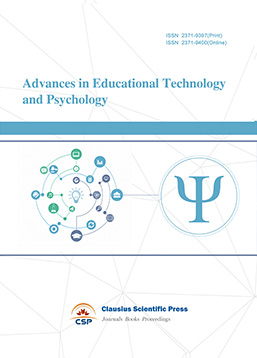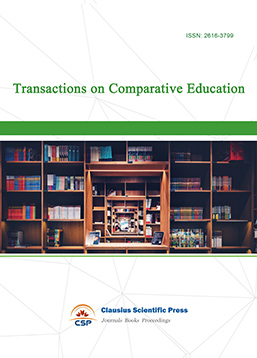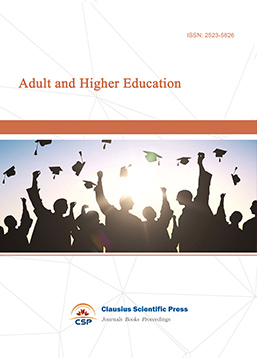Construction of GIS Spatial Analysis Curriculum Framework for Human Geography Programs in Higher Education
DOI: 10.23977/curtm.2025.080201 | Downloads: 13 | Views: 722
Author(s)
Yang Wang 1, Jinyu Huang 1, Youran Qiao 1
Affiliation(s)
1 Faculty of Geography, Yunnan Normal University, Kunming, 650500, China
Corresponding Author
Jinyu HuangABSTRACT
This study aims to design a university-level course on GIS spatial analysis specifically tailored for human geography, addressing the current issues of excessively generalized course content (lacking disciplinary specificity) and an overemphasis on technical development while neglecting the integration of academic research and practical analysis. Through the integration of case-based teaching and practical exercises, the course design emphasizes the elucidation of fundamental operations, ensuring that students with no prior GIS knowledge can rapidly acquire the foundational skills and independently perform GIS spatial analysis relevant to human geography. The course content is structured around a "7+1+X" framework, covering essential topics such as GIS fundamentals, editing and operations of vector polygon and point data, network analysis, 3D spatial analysis, coordinate system transformations, and comprehensive spatial evaluation. This course is designed not only to equip students with the core principles and operational techniques of GIS spatial analysis but also to enhance their research capabilities and problem-solving skills, offering novel insights and references for GIS spatial analysis education in human geography.
KEYWORDS
Instructional design, Teaching reform, Course design, GIS, Spatial analysis, Human geographyCITE THIS PAPER
Yang Wang, Jinyu Huang, Youran Qiao, Construction of GIS Spatial Analysis Curriculum Framework for Human Geography Programs in Higher Education. Curriculum and Teaching Methodology (2025) Vol. 8: 1-9. DOI: http://dx.doi.org/10.23977/curtm.2025.080201.
REFERENCES
[1] Curran, E.E., Bowlick, F.J. (2022) Geographic Information Science education at Esri Development Center institutions. Transactions in GIS, 26, 341-361.
[2] Scott, L.M., Janikas, M.V. (2010) Spatial Statistics in ArcGIS. In: Fischer, M.M., Getis, A. (eds) Handbook of Applied Spatial Analysis: Software Tools, Methods and Applications. Berlin, Heidelberg: Springer, 27-41.
[3] Jiménez-Perálvarez, J.D., Irigaray, C., El Hamdouni, R., Chacón, J. (2009) Building models for automatic landslide-susceptibility analysis, mapping and validation in ArcGIS. Nat Hazards, 50, 571-590.
[4] Franch-Pardo, I., Napoletano, B.M., Rosete-Verges, F., Billa, L. (2020) Spatial analysis and GIS in the study of COVID-19. A review. Science of The Total Environment, 739, 140033.
[5] Bielecka, E. (2020) GIS Spatial Analysis Modeling for Land Use Change. A Bibliometric Analysis of the Intellectual Base and Trends. Geosciences, 10, 421.
[6] Pei, T., Xu, J., Liu, Y., Huang, X., Zhang, L., Dong, W., et al. (2021) GIScience and remote sensing in natural resource and environmental research: Status quo and future perspectives. Geography and Sustainability, 2, 207-215.
[7] Walsh, S.J. (1992) Spatial Education and Integrated Hands-on Training: Essential Foundations of GIS Instruction. Journal of Geography, 91, 54-61.
[8] Wikle, T.A., Fagin, T.D. (2014) GIS Course Planning: A Comparison of Syllabi at US College and Universities. Transactions in GIS, 18, 574-585.
[9] Duarte, L., Teodoro, A.C., Gonçalves, H. (2022) Evaluation of Spatial Thinking Ability Based on Exposure to Geographical Information Systems (GIS) Concepts in the Context of Higher Education. ISPRS International Journal of Geo-Information, 11, 417.
| Downloads: | 38957 |
|---|---|
| Visits: | 1680882 |

 Download as PDF
Download as PDF



